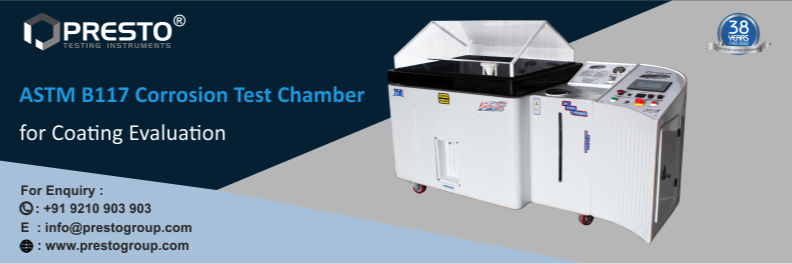ASTM B117 Corrosion Test Chamber for Coating Evaluation

To accomplish the normal life for a covering on steel or cement, the implement and controller should cautiously control the covering application process. So as to anticipate absconds in after generation or, at any rate, to decide the causes deformities and disappointments that may happen on the items, it is imperative to check the attributes of the coatings with respect to protection from consumption, remembering the extent of utilization. Where there's metal, there's generally the potential for the development of dangerous rust. Consumption can devastatingly affect a producer's main concern. Consistently, rust harm results in misfortunes of billions of dollars to organizations all through the United States. Rust is additionally tenacious — when it shapes, it can spread rapidly and erode a metal surface in a matter of moments by any stretch of the imagination. Copper, aluminum, magnesium, titanium and iron are particularly helpless against rust harm.
To know more information about its features, price, and technical specifications, give us a call at +91 9210903903 or email us at info@prestogroup.com.
you may also like
- The Ultimate Guide to Lab Testing Equipment: Ensuring Quality with Precision Instruments
- GSM Calculator Guide: How to Measure Fabric, Paper & Plastic Weight
- What Is a Gloss Meter? Working Principle, Uses & Benefits Explained
- Applications of Tensile Testers in Plastic, Metal & Rubber Industries
- How UV Chambers Help Manufacturers Beat Sunlight and Weather Challenges
Recent News
- Paper & Packaging Testing Instruments
- Paint, Plating & Coating Testing Instruments
- Plastic & Polymer Testing Instruments
- Environmental Testing Chambers
- PET & Preform Testing Instruments
- Color Measuring Testing Instruments
- View Entire Range Instruments

Catalogue 2023
Get information about new product launches, research, innovation and endeavors at Presto.
download Free Copy
Get a Quote

